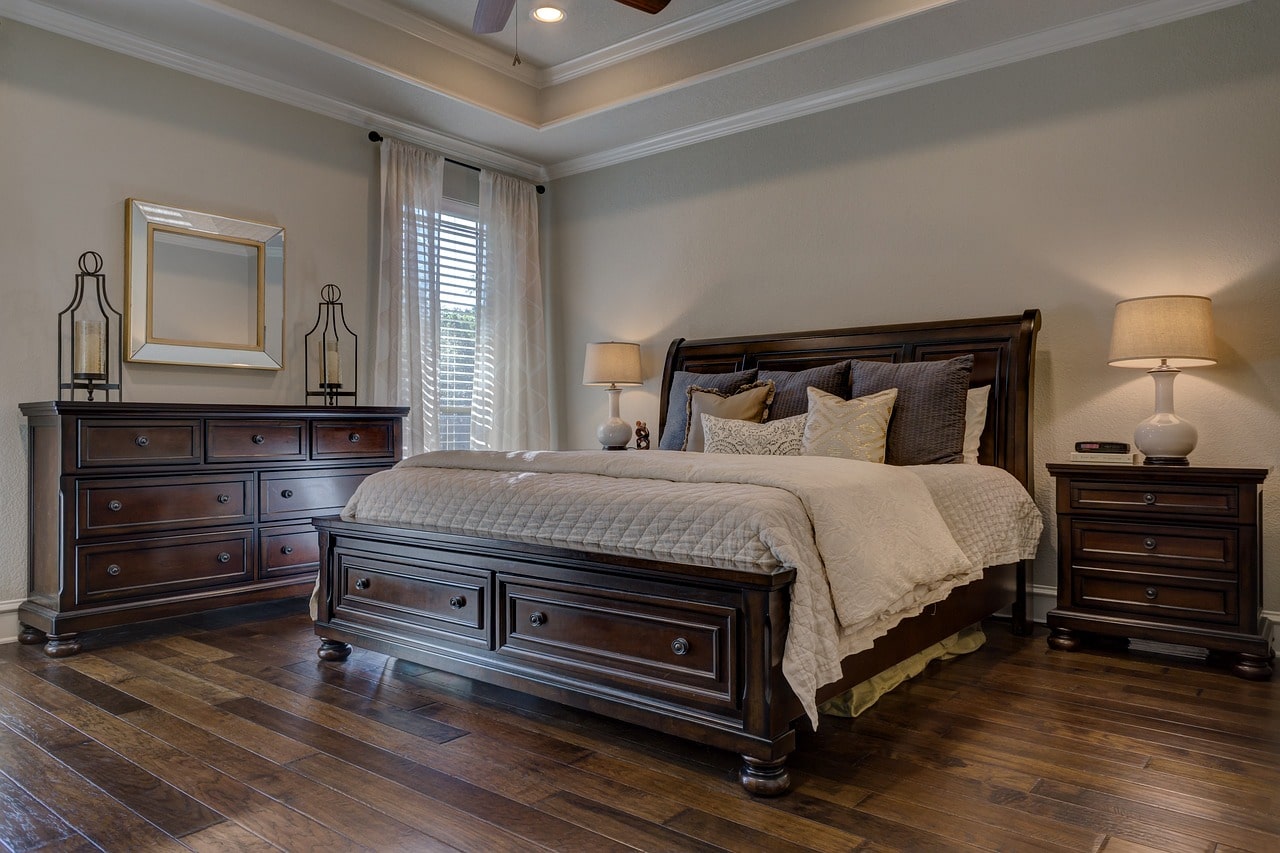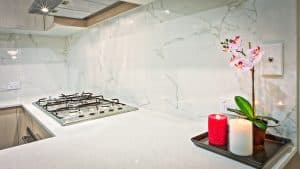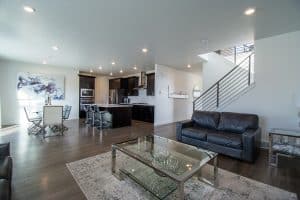Zero-Energy Homes: Living Off the Grid in Style
Zero-energy homes are a growing trend in sustainable living, offering a way to reduce carbon emissions and energy costs while living off the grid. These homes are built with eco-friendly materials and utilize innovative technology to produce as much energy as they consume, resulting in a net-zero energy bill. Not only do these homes benefit the environment, but they also offer a stylish and modern way of living. Here’s everything you need to know about zero-energy homes and why they are the future of sustainable living.
The Basics of Zero-Energy Homes
Zero-energy homes, also known as net-zero homes, are designed to generate their own energy to meet all of their energy needs. This is achieved through a combination of energy-efficient design, renewable energy sources, and energy storage systems. This means that these homes produce as much energy as they consume, resulting in a net-zero energy bill. People living in zero-energy homes are not only minimizing their carbon footprint but also saving money on monthly utility bills.
Energy-Efficient Design
The key to a zero-energy home is energy-efficient design. These homes are designed to minimize energy consumption through features such as high levels of insulation, airtight construction, and strategic placement of windows and doors for natural ventilation and daylight. Other energy-saving features may include energy-efficient appliances, LED lighting, and low-flow water fixtures. These design elements not only reduce energy consumption but also create a comfortable and healthy living space.
Renewable Energy Sources
In addition to energy-efficient design, zero-energy homes also utilize renewable energy sources to generate electricity. This can include solar panels, wind turbines, geothermal systems, and more. These renewable energy sources not only help to power the home but also reduce the reliance on fossil fuels, which emit carbon dioxide and contribute to climate change. With advancements in technology, the cost of renewable energy sources has significantly decreased, making it more accessible for homeowners to invest in them.
Energy Storage Systems
One of the challenges with renewable energy sources is that they are intermittent, meaning they only generate energy when the sun is shining or the wind is blowing. To overcome this issue, zero-energy homes utilize energy storage systems to store the excess energy produced by the renewable sources. This stored energy can then be used during times when energy production is low. Energy storage systems not only make zero-energy homes more reliable but also make them independent from the grid.
The Benefits of Zero-Energy Homes
There are numerous benefits to living in a zero-energy home besides reducing energy costs and carbon emissions. These homes also offer a comfortable and healthier living space. With airtight construction and efficient HVAC systems, zero-energy homes have better indoor air quality and temperature control, resulting in a healthier environment for its occupants. The use of eco-friendly materials in the construction of these homes also reduces exposure to harmful chemicals, making them an ideal choice for those with allergies or respiratory issues.
Moreover, zero-energy homes offer an opportunity for homeowners to be self-sufficient and live off the grid. This can be especially beneficial in remote areas where access to the grid may be limited, or during natural disasters when there may be power outages. Living off the grid also promotes a more sustainable lifestyle, allowing homeowners to reduce their environmental impact even further.
The Future of Sustainable Living
While zero-energy homes are still a niche market, they are gaining popularity as people are becoming more aware of the environmental impact of their lifestyle choices. Governments and organizations are also recognizing the importance of net-zero homes and are providing incentives for homeowners to invest in renewable energy sources and energy-efficient designs. It is predicted that by 2050, zero-energy buildings will become mainstream in many countries, as governments push for carbon-neutral policies and technologies continue to advance.
The Cost and Challenges
One of the challenges when it comes to zero-energy homes is the initial cost. The technology and materials used in building these homes can be expensive, making it difficult for the average homeowner to afford. However, with the increasing demand for sustainable living, the cost is expected to decrease in the future. Additionally, the long-term savings on energy bills, tax incentives, and increased home value can offset the initial cost of building a zero-energy home.
Is a Zero-Energy Home Right for You?
If you are considering living in a zero-energy home, it is important to evaluate your lifestyle and priorities. Net-zero homes require a certain level of commitment and investment, but the benefits are undeniable. Not only do they benefit the environment, but they also offer a modern, energy-efficient, and sustainable way of living. It’s not just about living off the grid in style, but also about creating a better future for our planet and generations to come.
In conclusion, zero-energy homes are a promising solution to reducing our carbon footprint, saving money on energy costs, and promoting a healthier lifestyle. With advancements in technology and a growing demand for sustainable living, net-zero homes are becoming a more attainable option for homeowners. So, are you ready to make the switch to living off the grid in style?









